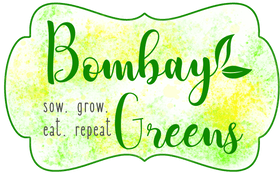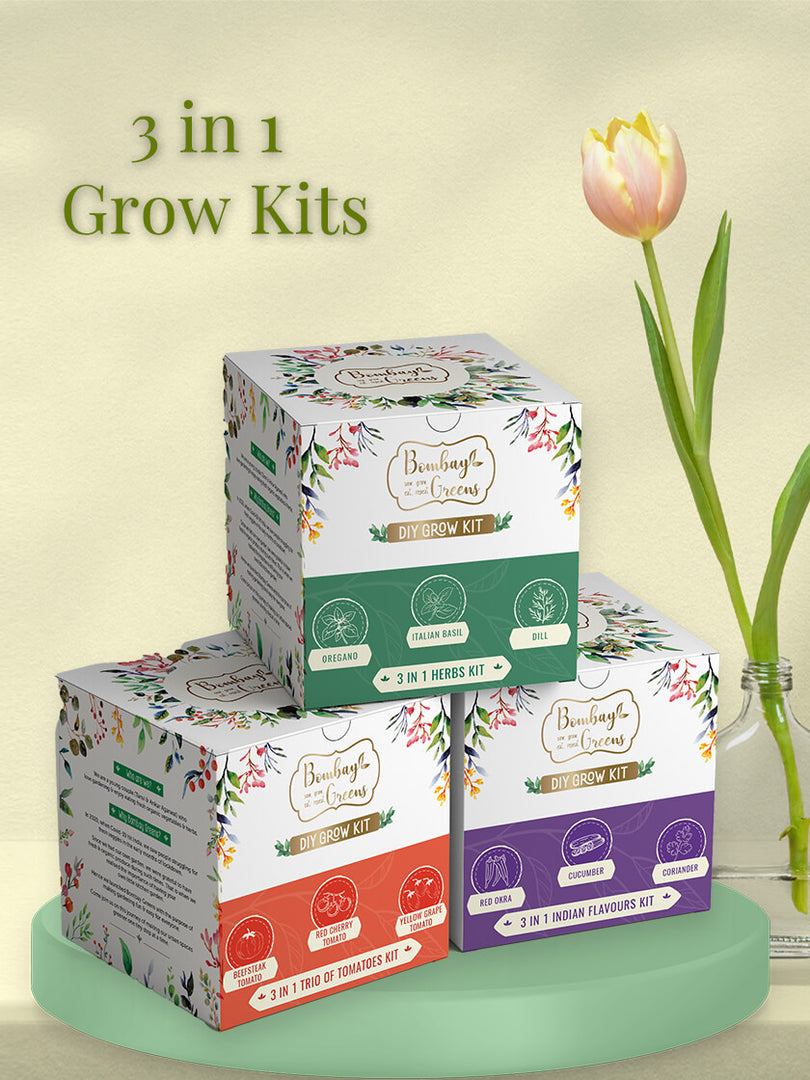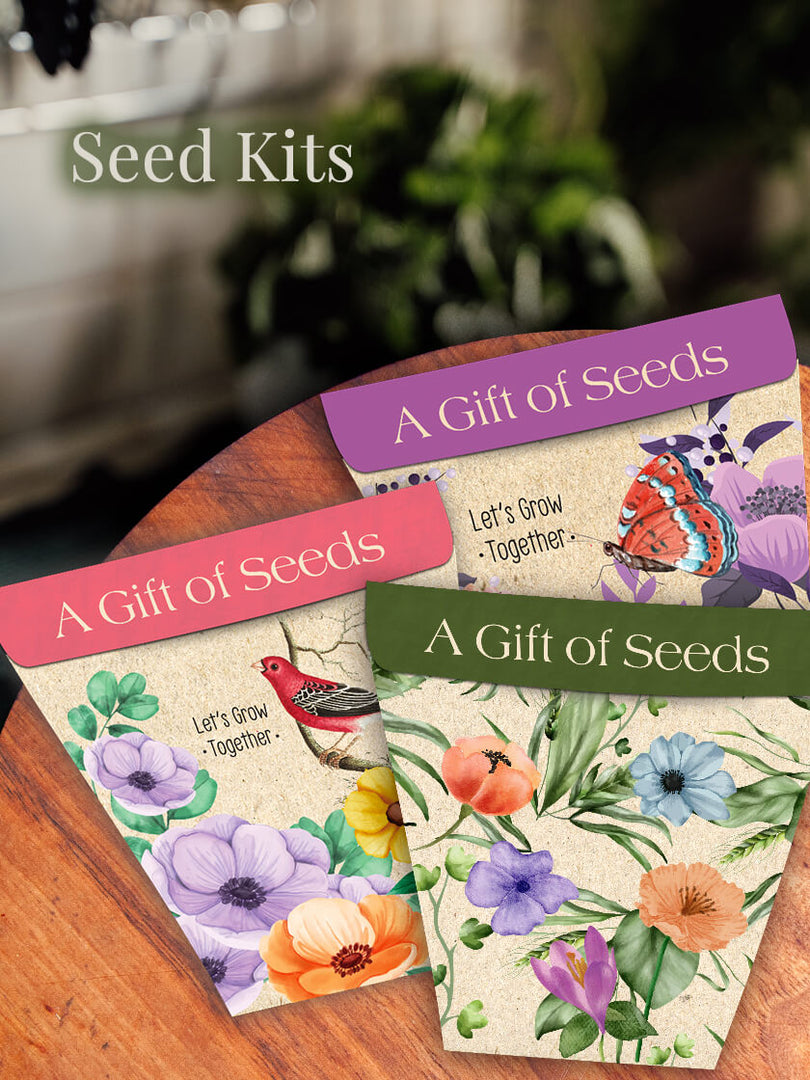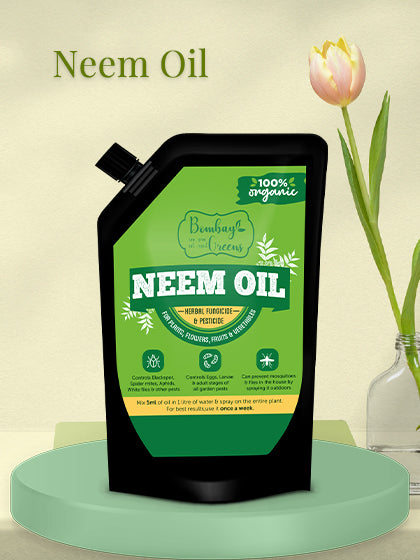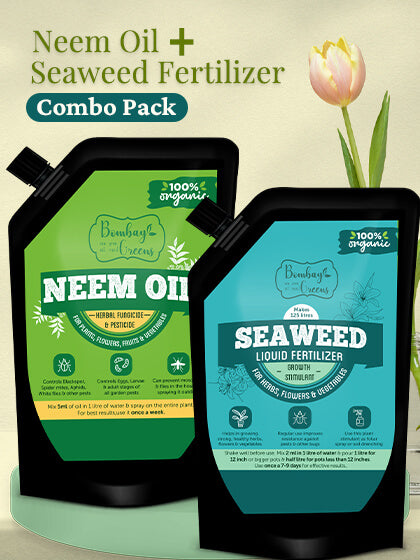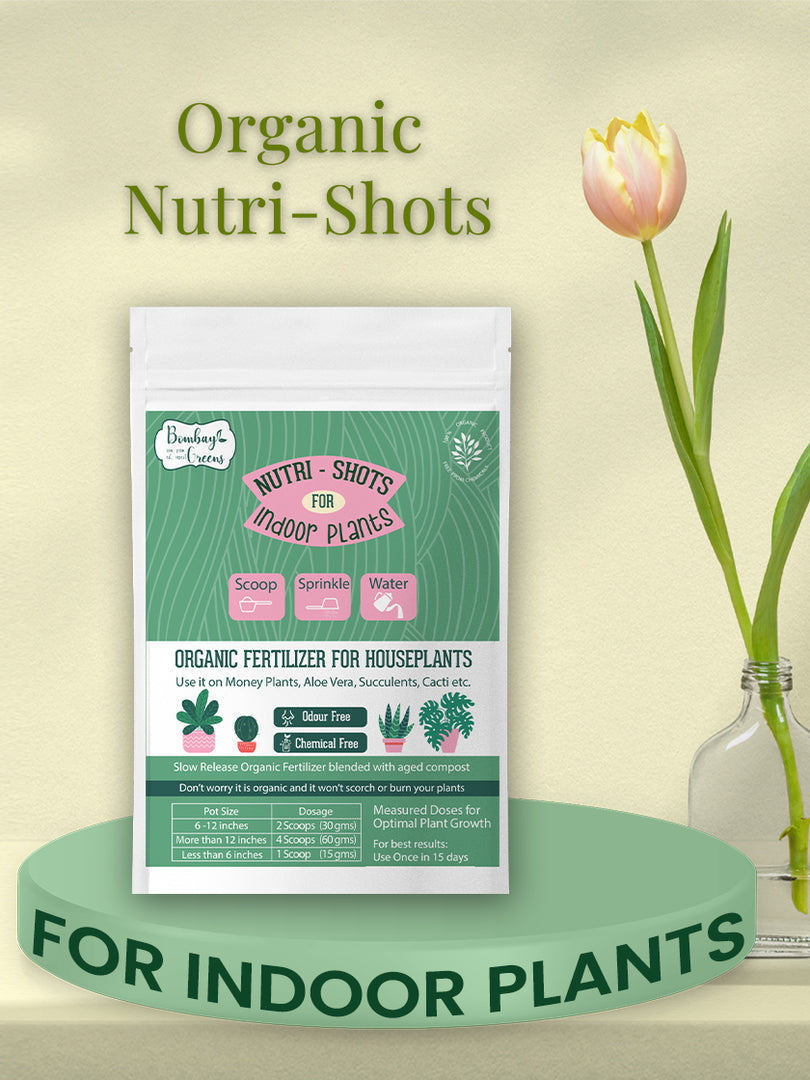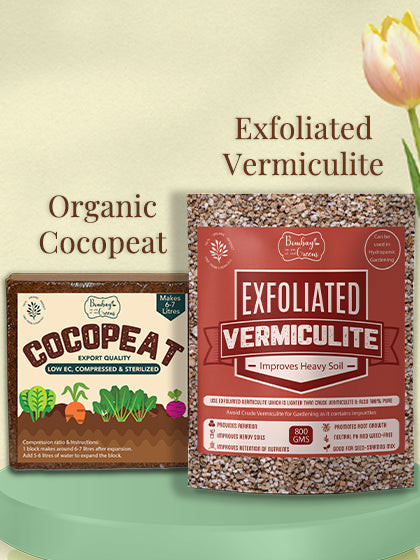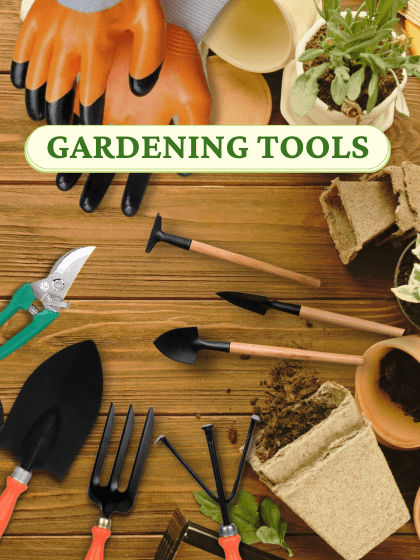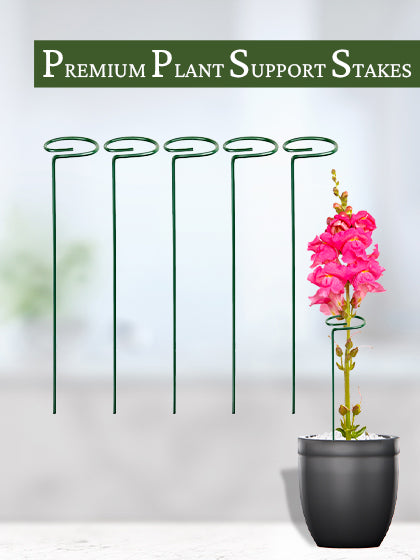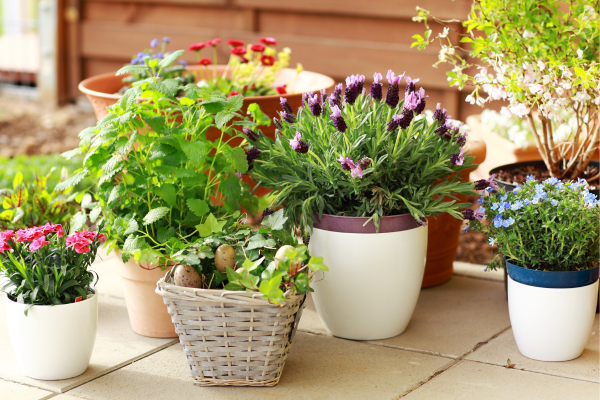| What's in the article: |
Potting Mix vs Potting Soil - Introduction
As you enter your local plant nursery or gardening centre, you will be confused by the different bags labelled as potting soil or potting mix. Is potting mix the same as potting soil? They usually look similar, and you may pick the cheaper one. However, it is good to know that there is a difference between potting mix and potting soil, and they have different compositions, ingredients and uses. In this guide, you will become familiar with the difference between potting mix and soil, and as a result, you will be the proud owner of thriving, healthy plants.
What is Potting Soil?
-
Definition:
Potting soil is composed of dirt and in-ground soil and is noticeably denser due to these ingredients.
-
Ingredients:
Potting soil usually contains ingredients like:
- Top soil or garden soil.
- Compost and other decaying organic matter.
- Wetting and ph-balancing agents.
- Peat moss, coco coir and sand.
-
Benefits:
Potting soil is rich in natural nutrients, suitable for outdoor gardens and plants in large containers. The difference between soil and potting mix is that potting soil is also cheaper and easier on the pocket.
-
Considerations:
Potting soil is denser and heavier, retains too much moisture, becomes soggy and compacted, hindering the growth of tender roots. It contains soil-based pathogens and seeds of weeds and is thus not sterile. It is not considered suitable for houseplants and plants in planter bags.

What is Potting Mix?
-
Definition
Potting mix is lighter and contains no soil. It is a sterile growing medium suitable for indoor plants and small potted outdoor plants.
-
Ingredients
Potting mix contains compostable organic matter. It has Cocopeat, Neem Powder, vermiculite and Fertilizer.
-
Benefits
Potting mix is light and fluffy with large particles that help in drainage, soil aeration and retention of nutrients. This helps in keeping the plant healthy and promotes root growth. It is sterile and prevents diseases and pests. It is good as a seed starter for indoor plants and vegetables in grow bags.
-
Considerations
Potting mix does not contain natural nutrients, so enrich it with liquid fertilisers. The difference between soil and potting mix is that the potting mix is good only for houseplants and small potted plants. They are not good for an outdoor garden or for planting trees.
Difference Between Potting Soil and Potting Mix
If you are puzzled by the question of what is the difference between potting mix and potting soil, then the table below will help you to understand the difference between potting mix and soil:
| Key Factors | Potting Soil | Potting Mix |
| Composition | Potting Mix is Soil Free | Usually based on in-ground soil |
| Weight | Potting Mix is Lighter | Potting Soil is Heavier |
| Drainage & Aeration | Potting Mix offers better drainage & aeration | Not Much Better |
| Nutrient Content | Potting mix may require additional fertilisation | Potting soil may have natural nutrients |
| Sterility | Potting mix is sterile | Potting Soil is not necessarily sterile and may contain soil-borne pathogens or weeds |
How to Choose Between Potting Mix vs Soil
It is important to understand the difference between potting mix vs potting soil for plants and choosing the correct medium for your garden.
-
Vegetables:
If you're growing them in planter bags or pots, use a potting mix. It is good for soil aeration, drainage, its sterility prevents pests, and it is nutrient-rich.
-
Indoor Plants:
A potting mix is light, nutrient-rich, and sterile, preventing pests from attacking plants.
-
Potted Plants:
For indoor plants in small pots, use potting mix, and for large pots, use a combination of potting soil and potting mix.
When to Use Potting Soil and Potting Mix for Your Plants
Here is a quick guide to using potting soil vs potting mix for your indoor or outdoor garden.
- Use a potting mix if you are growing indoor plants, starting seeds, planting vegetables in containers, or you desire a sterile, light medium with good drainage.
- Use potting soil if you have plants in large outdoor containers, and you don't mind weeds and soil microbes. This is a budget-friendly option.
Conclusion
Every smallest step towards a common goal of preserving plants and thus the earth counts. Following these basic steps and being an active part of your community, will go a very long way. Remember, there are always 5 ways to save the environment that can easily be integrated into your daily life. Let’s work together to preserve our precious plant life for generations to come.

FAQs
1. What is the role of organic gardening in plant protection?
Organic gardening minimizes chemical use, promoting healthier ecosystems and protecting both plants and wildlife.
2. Can indoor plants contribute to plant conservation?
Absolutely! Indoor plants improve air quality and enhance biodiversity, making them a valuable part of conservation efforts.
3. How does climate change affect plant life?
Climate change alters weather patterns, affecting plant growth and health, and can lead to increased pests and diseases.
4. What is the role of bees and pollinators in plant conservation?
Pollinators are crucial for the reproduction of many plants. Protecting them ensures the survival of diverse species and maintains ecological balance.

Tanvi Agarwal - Co-founder
Driven by a deep-seated love for nature and a keen entrepreneurial spirit, she co-founded Bombay Greens, transforming urban spaces into thriving green havens. Recognizing the need for accessible and sustainable gardening solutions in the bustling city, she poured her passion into building a brand that empowers individuals to cultivate their own green spaces, regardless of their location or experience. Her vision extends beyond simply selling gardening items; it's about fostering a community connected to nature, one balcony, rooftop, and windowsill at a time.
